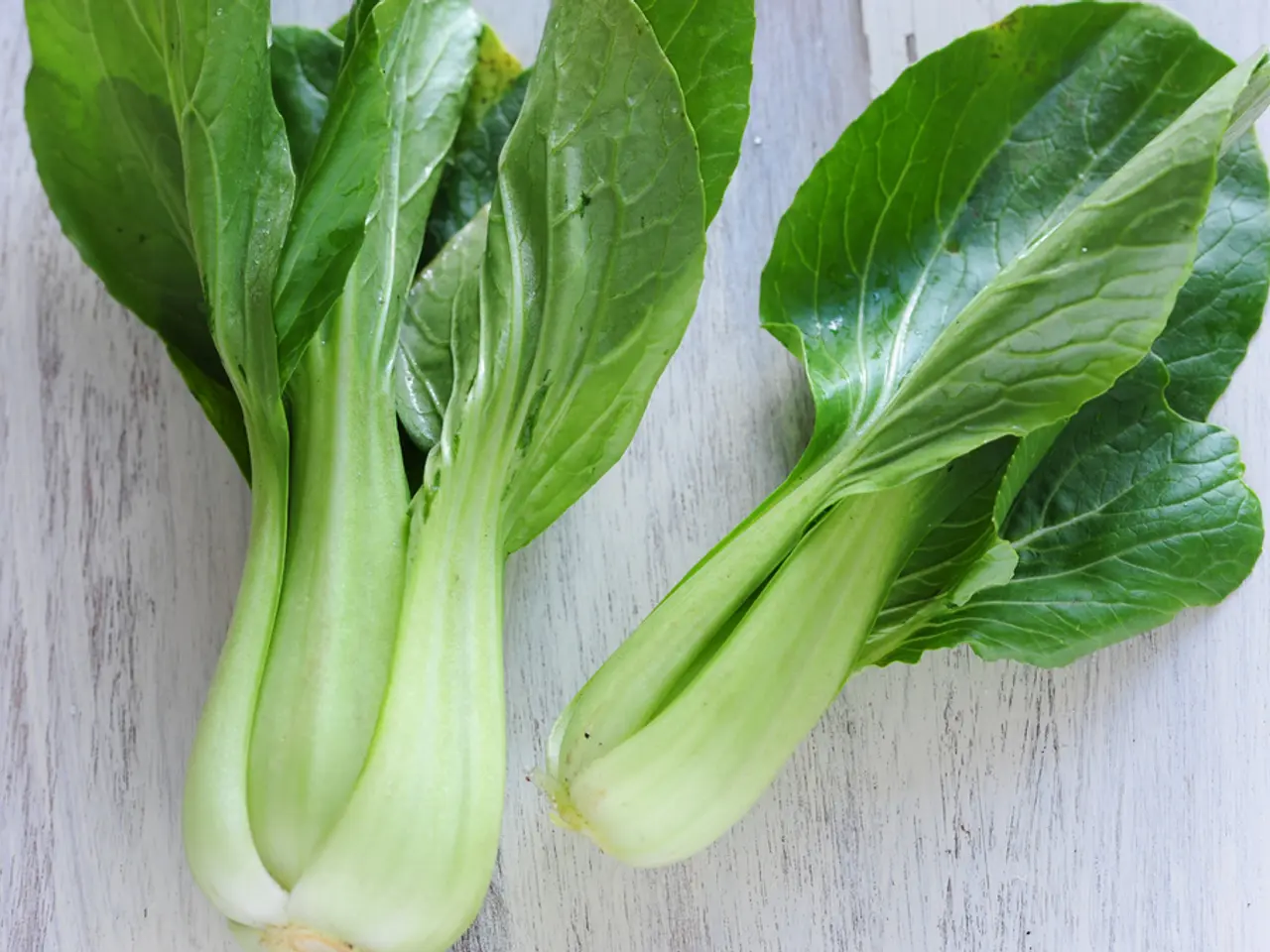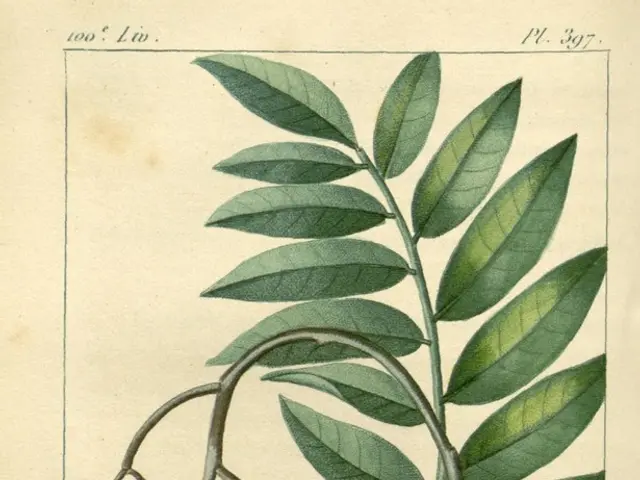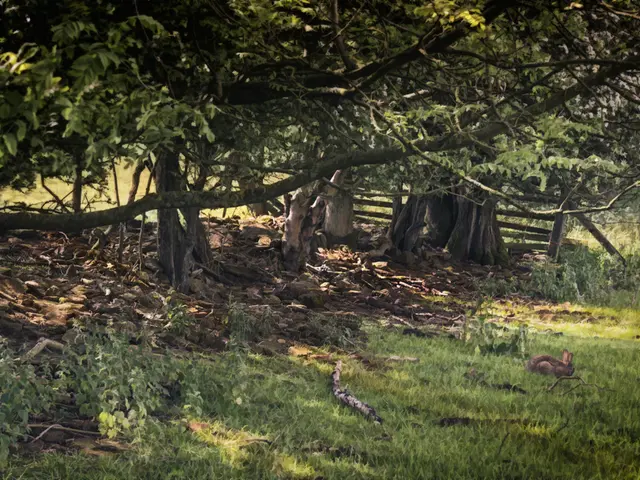Veggies That Thrive in the Shadows | List of Vegetables Suitable for Low-Light Conditions
Got a spot in your garden that's a bit too shady for your usual sun-loving plants? Worry not, my friendly gardening companion! Shade gardens are a blooming marvel, and even the darkest nook can host a vibrant assemblage of flora.
In this post, we'll share our favorite tips and tricks for cultivating veggies in the shade. Let's dive in, shall we?
Defining Sun Exposure Tiers
Before we delve deeper, it's essential to understand the three main exposure tiers that help create the perfect shade-friendly garden:
- Full Sun: These areas receive at least six hours of sunlight daily. Some veggies may enjoy a bit of shade, but others require up to eight to ten hours of direct sunlight.
- Partial Shade: Defined by four to six hours of sunlight per day. This term is interchangeable with "partial sun."
- Full Shade: Get fewer than four hours of sunlight per day. Remember, these areas do receive some sun and are not entirely devoid of its golden rays.
The Best Vegetables for the Shade Challenge
Ready to create a garden in the shadows? Start by selecting seeds or saplings from the following groups:
- Leafy Greens & Cole Crops
- Salad Greens
- Root Vegetables
- Shade-Tolerant Herbs
- Miscellaneous
Leafy Greens & Cole Crops
These heartier veggies are less tender than their cousins and thrive in shady conditions. Try growing:
- Swiss chard
- Kale
- Mustard greens
- Collard greens
- Bok choy or Chinese cabbage
Salad Greens
These tender and sweet veggies can be enjoyed raw, making them great for salads! Endive, lettuce, arugula, and spinach are all excellent choices.
Root Vegetables
Root veggies grow underground and prefer cooler soil, allowing them to embed themselves deeper into the cooler nooks that your shady garden may provide. Options include:
- Beetroot
- Carrots
- Turnips
- Parsnips
- Potatoes
Shade-Tolerant Herbs
Certain herbs are perfect for shadier environments, making them ideal companions. Give these a go:
- Chervil
- Chives
- Parsley
- Cilantro
- Mint
- Chives
Miscellaneous
In the miscellaneous category, consider growing peas and bush beans, onions, scallions, and leeks.
Root vegetables are the best candidates for shade gardens, as they enjoy cooler temperatures. Leafy greens and cole crops are also options, although they will take a bit longer to mature with less sunlight. Partial sun-loving vegetables include the Brassica family, salad greens, and peas.
Tips for Optimal Shade Garden Growth
Now that you've chosen your seedlings, what's next? Here are our best gardening tips for making the most of your shade garden:
- Go for a soil or mulch mix full of organic materials to ensure your plants receive the nutrients they require while lacking the benefits of sunlight.
- Shade gardens benefit from cooler temperatures, so try to plant in the early spring for the best results. If you find yourself behind schedule, consider using a shade cloth to lower the temperatures for shade-tolerant vegetables.
- Ensure you're measuring the exact sunlight your garden will receive, as the success or failure of your shade garden largely depends on the amount of shade present. Plant accordingly, selecting vegetables that prefer partial or full shade.
- Keep an eye out for common pests such as snails and slugs, which can sneak up on your plants undetected. Be proactive by planting companion plants like lemon thyme, chives, onions, garlic, and mint, which can help deter these pesky critters.
Cultivating a Partial Shade Garden
Got more than four hours of sunlight per day? You may want to consider planting vegetables that require partial sun, such as:
- Brassica family veggies
- Salad greens
- Peas
With these tips, you'll soon have a thriving and verdant shade garden, turning even the darkest corners into a treasured oasis of greenery and nutrition. Happy gardening!
- For container gardening, suitable vegetables for shade-friendly environments include root vegetables, leafy greens, cole crops, salad greens, shade-tolerant herbs, and peas.
- To maximize the growth of vegetables in a shade garden, consider using a soil or mulch mix rich in organic materials, plant in the early spring for cooler temperatures, and measure the sunlight received accurately to select appropriate shade-loving plants.
- Embrace the idea of gardening with kids and introduce them to container gardening, sharing tips like the importance of proper soil and sunlight requirements to cultivate a vibrant partial shade garden that becomes a delightful home-and-garden lifestyle addition.







